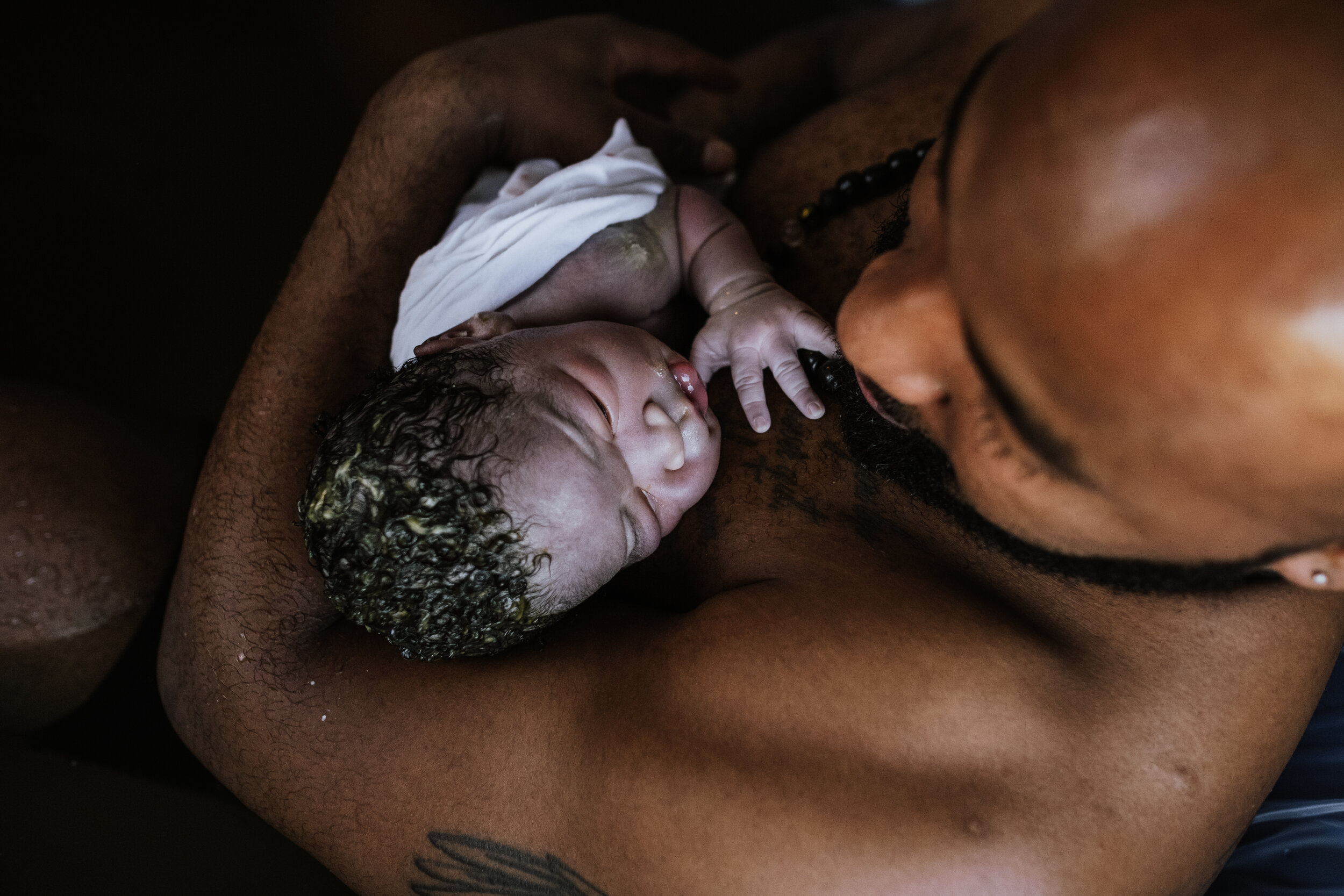
ELIMINATING BARRIERS FOR BIRTH CENTERS IN NEW YORK
Birth Centers provide safe and respectful maternal care and are a vital component of a robust health system.
Across the U.S. there are over 400 birth centers and growing, however, New York State lags far behind with just three.
WHAT IS A BIRTH CENTER?
A birth center is a home-like health care facility for birth that is guided by holistic, evidence-based midwifery care.
Birth centers are an integrated part of the health care system, providing for consultation, collaboration, and transfer when required.
WHY DON’T WE HAVE BIRTH CENTERS IN NEW YORK?
In short, we used to have many birth centers across New York up until 2010. Despite popular demand, many closed due to high malpractice rates or by hospitals in favor of higher billable services.
Currently while many midwifery groups remain dedicated to opening birth centers, state regulations have made it almost impossible to do so.
WHAT HAVE WE BEEN DOING SO FAR?
2001 - 2018: Closure of the following birth centers due to high malpractice rates or by hospitals in favor of higher billable services:
Elizabeth Seton at 222. West 14th street opened in 1996 and closed in 2003 due to high malpractice insurance.
St. Vincent’s in-hospital birthing center at 151 West 11th street closed in 2010 with the closure of the hospital.
Bellevue’s public in-hospital birthing center in Midtown East opened in 1998 and closed in 2009
Mt. Sinai West’s in-hospital birth center near Columbus Circle closed in 2018
The in-hospital birthing center at New York Presbyterian in Lower Manhattan opened in 2016 and closed in 2019
The Maternity Care Association Birth Center at 48 East 92nd street that operated for 50 years from 1953 to 1996
The Morris Heights Birthing Center in the Bronx closed in 2010
2016: NY passes a law allowing midwives to open birth centers. Prior, only physicians were able to.
2019: After several delays, The NYS Department of Health (NYSDoH) releases regulations for birth centers led by midwives, but does not release a state licensure process
2020: During the height of the COVID pandemic in response to public demands, then Gov. Cuomo instructs the NYSDoH to complete the licensure process for birth centers.
2020: The licensure process is revealed to be prohibitively onerous and expensive. Yet, the Coit House is the only birth center that is able to submit an application.
2021: In response, a bill to eliminate the Certificate of Need (CoN) from the licensure process is introduced. It passes the state house and senate unanimously.
2022: The bill to eliminate the CoN is signed by Gov. Hochul, but with amendments that reintroduce the CoN into the licensure process and required the NYSDoH to re-do the regulations within 6 months with the intent of bringing them closer to nationally recognized birth center regulations.
2023: The Coit House application to the NYSDoH is rejected and NYSDoH new regulations for birth centers are released 6 months after the required date. The regulations continue to be prohibitive and are no closer to the national regulations than before.
2024: The Coit House appeal in progress with continued delays by the NYSDoH. The following teams are in progress to open birth centers, however, are stalled due to prohibitive regulations:
The Birthing Place, Bronx
Haven Midwifery Birthing Center, Brooklyn
Indian Creek Birth Center, Ithaca, NY
SundaySmith Birth Center, Potsdam, NY
GOALS & NEXT STEPS
CALL FOR A LEGISLATIVE HEARING ASKING TRANSPARENCY FOR THE BIRTH CENTER REGULATIONS FROM THE NYSDOH.
RE-INTRODUCE AND PASS THE ORIGINAL BILL THAT ELIMINATES THE CERTIFICATE OF NEED, WITHOUT AMENDMENTS
RECRUIT NEW YORKERS PASSIONATE ABOUT BIRTH CENTER CARE TO MAKE THEIR VOICES HEARD - WE DESERVE BIRTH CENTERS

“Access to the birth center option for pregnant families depends on public trust and viable birth center models, along with regulation and licensure that ensure quality and safety but do not block access to care.”
— American Association of Birth Centers, Position Statement: “Birth Center Licensure and Regulations”

